Although the last open-cast mines closed in the second half of the 1970s, with the Thillebierg mine being abandoned in 1981, marking the end of mining activity in the country, it is still possible to discover how people used to work in the Minett mines.
Two sites within the Minett UNESCO Biosphere are open to the public and provide an insight into the extraction of red ore in the past.
Musée National des Mines de Fer (Rumelange)
 |
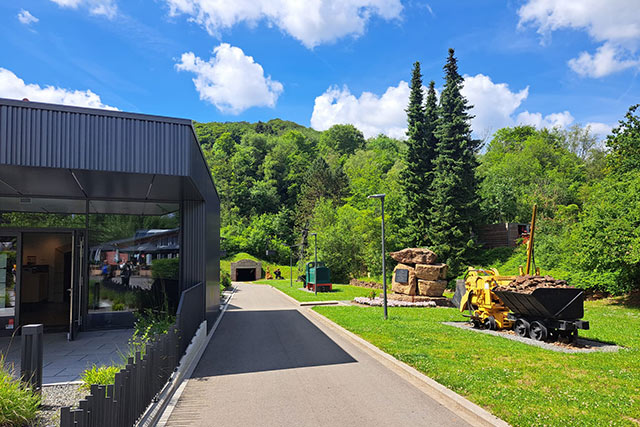 |
 |
© CNCI / Minett UNESCO Biosphere
In the galleries of the Walert mine, where iron ore was extracted between 1891 and 1963, you can delve into Luxembourg’s mining history. Accompanied by a guide, you will descend 70 metres underground and explore two different gallery levels on a tour that will provide insight into the harsh realities of the miners’ daily lives. Over the course of the two-hour tour, you will also learn more about the history of mining in the region and the mine’s geology.
The Musée des Mines is open until the end of September, on Thursday to Sunday afternoons and Tuesday and Wednesday afternoons in July and August. As well as the usual guided tours, you can also take a virtual tour, which is explained here by Raffaella Campobasso, the museum’s director.
Further information about the Musée des Mines is available on its official website.
If you’d like an even more immersive experience of the Walert mine, sign up now for the Trail des Mines 2025 on 29 June to explore it on foot!
Minièresbunn “Doihl”
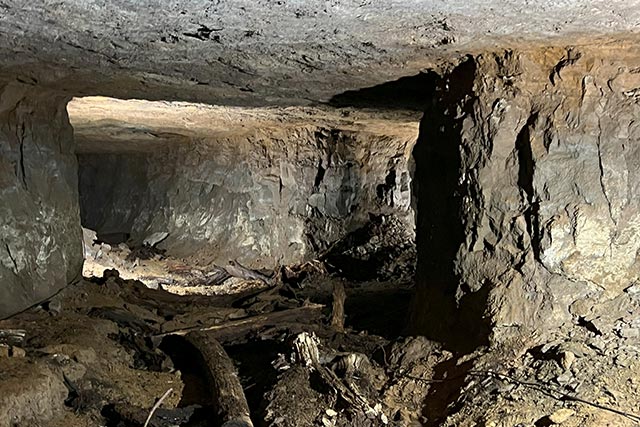 |
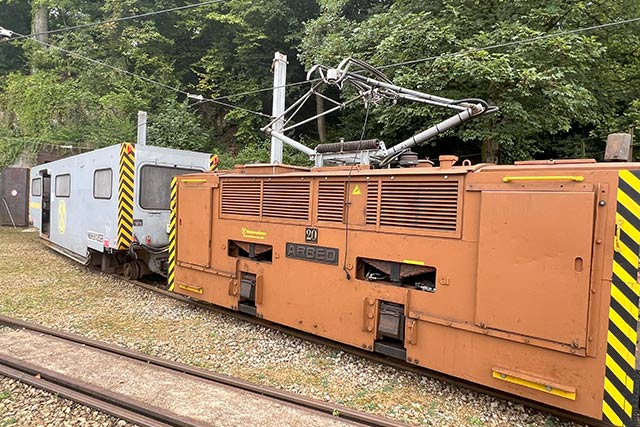 |
 |
© Minett UNESCO Biosphere
Another place where you can explore the Minett region is Fond-de-Gras. The Minièresbunn runs through the Doihl mine every Sunday between May and the end of September. Formed in 1930 by the merger of the Rodange and Lasauvage mines, this mine is now home to an ASBL established in 1990.
Mining trains run through the 1.4 km main tunnel between Rodange and Lasauvage, and you can take these from Fond-de-Gras. Once you arrive, the Minièresbunn offers two other train journeys that take you through the village of Lasauvage and as far as Saulnes in France.
Members of Train 1900 (founded in the 1970s) came up with the idea in 1990 of extending the visitor experience of the historic railway line. Joël Miltgen, the current chairman of the Minièresbunn ASBL, recounts how the adventure began:
Today, the Minièresbunn Doihl owns 51 locomotives, and its 25 volunteers do more than just keep the trains running — they also work on restoring them, as well as maintaining the railway network and the old galleries. Until the end of September, you can explore the mine every Sunday!
For precise timetables and other details, visit the Minièresbunn website.
Musée Mine Cockerill
Another site where you can immerse yourself in the work and life of the miners is the Mine Cockerill Museum in Ellergronn, Esch-sur-Alzette.
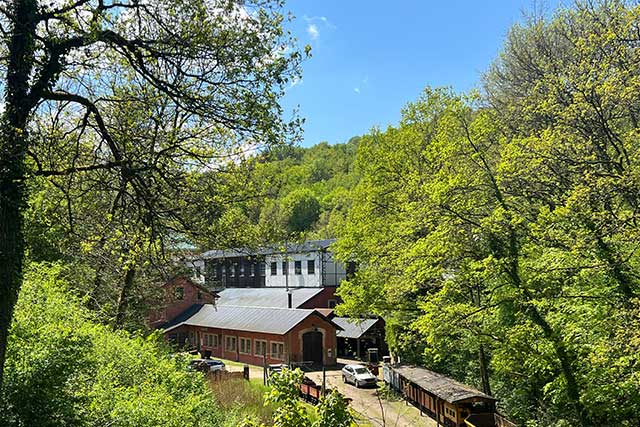 |
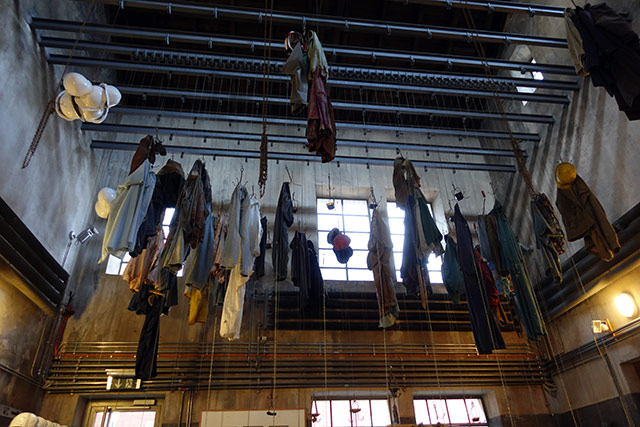 |
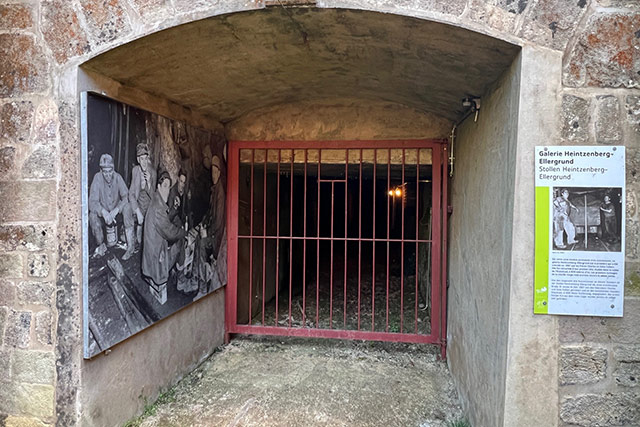 |
© Minett UNESCO Biosphere
Although you can’t enter the galleries, you can see their entrances, and the museum features a large collection of objects used in the daily life of miners underground.
The ‘Trapenschacht’ (a staircase leading down to the galleries, unique in the region) and the ‘Hanging Room’ (where miners changed clothes) are also well worth a visit.



